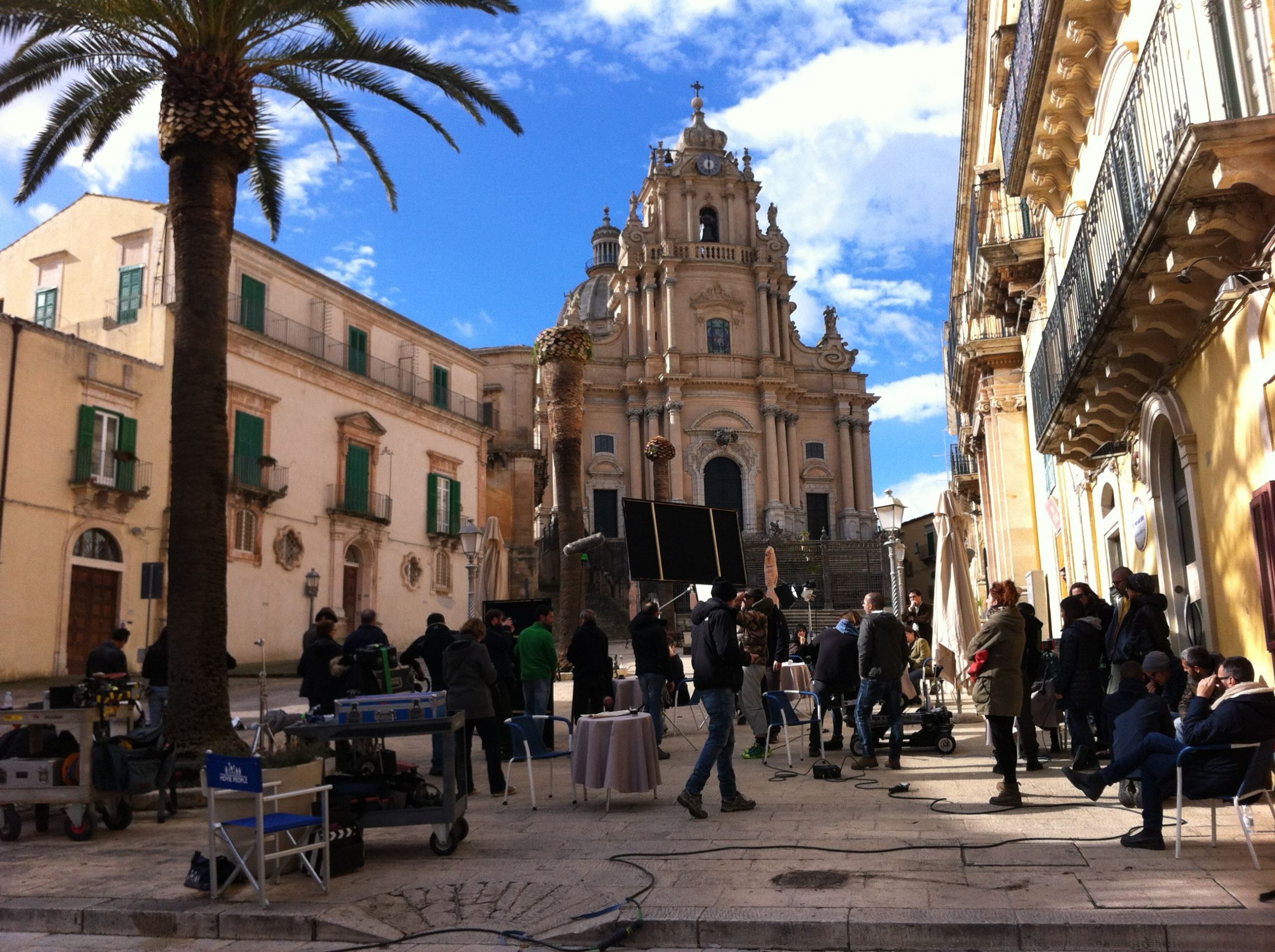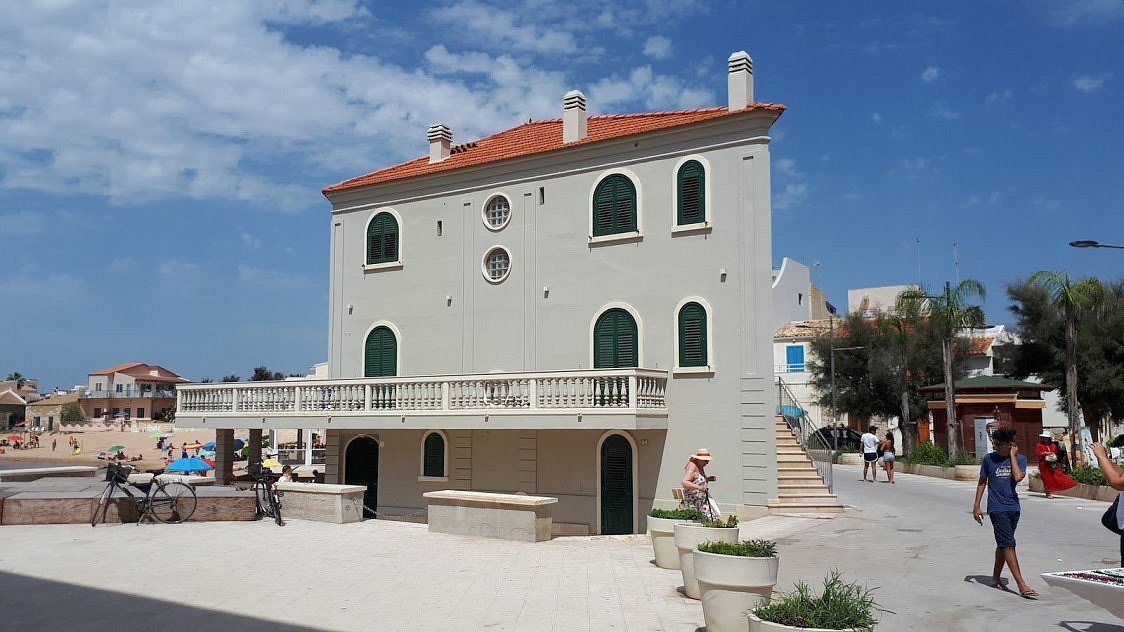Role of Food in Andrea Camilleri’s Inspector Montalbano series
The Inspector Montalbano series by the Italian author Andrea Camilleri is known for its intricate plotlines, vivid characters, and beautiful descriptions of Sicilian landscapes. However, one aspect that often goes unnoticed is the role of food in the series. From the first book, “The Shape of Water,” to the latest instalment, “The Cook of the Halcyon,” food plays a significant role in the lives of the characters, the settings, and the overall atmosphere of the series.
The protagonist of the series, Inspector Salvo Montalbano, is a food lover is known for his appetite his culinary skills, and his appreciation of the local cuisine. In almost every book, there is a scene of Montalbano cooking or enjoying a meal. For example, in “The Snack Thief,” Montalbano cooks a traditional Sicilian pasta dish called pasta con le sarde (pasta with sardines) for his girlfriend Livia.

“The Dance of the Seagull,” Montalbano visits a restaurant where he orders a plate of spaghetti alle vongole (spaghetti with clams) a local specialty.
“The Pyramid of Mud,” Montalbano eats a simple meal of bread, cheese, and olives while investigating a murder in a rural area.
Food is not only a source of pleasure for Montalbano but also a way to connect with the people around him. It is often shares meals with his colleagues, his friends, and his suspects.
- In “The Potter’s Field,” Montalbano invites his team for a pizza night to celebrate the successful resolution of a case.
- In “The Age of Doubt,” where was Montalbano filmed in sicily popular Italian television series “Inspector Montalbano” was filmed in various locations in Sicily, including the towns of Ragusa, Modica, and Santa Croce Camerina. Visits an elderly woman who is a suspect in a crime, and she offers him a plate of homemade biscuits as a sign of respect and hospitality.
- In “The Safety Net,” Montalbano shares a meal with a group of refugees who have landed on the coast of Sicily, and he realizes the power of food to bridge cultural and linguistic barriers.
Food is also a reflection of the social and cultural context of the series. Sicily is a region with a rich culinary tradition, influenced by the Greek, Roman, Arab, and Spanish cultures that have inhabited the island over the centuries. There is Inspector Montalbano series portrays this diversity through the variety of dishes and ingredients that are mentioned in the books. For example, in “The Treasure Hunt,” Montalbano discovers a hidden cellar where he finds jars of caponata (a sweet and sour vegetable stew) and preserved tuna, typical products of the Sicilian cuisine. In “The Track of Sand,” Montalbano investigates a case that involves the production of illegal mozzarella cheese, a delicacy that is known worldwide but also a source of conflict and corruption in the local economy.

It is also a way to evoke the sensory and emotional aspects of the series camilleri’s writing style is characterized by vivid and poetic language that describes the landscapes, the weather, the sounds, and the smells of Sicily food as an integral part of this sensory experience.
- In “The Voice of the Violin,” Montalbano enjoys a glass of red wine while watching the sunset over the sea, a moment that represents his longing for love and beauty.
- In “The Paper Moon,” Montalbano tastes a spoonful of ricotta cheese that reminds him of his childhood memories and his relationship with his father.
- In “The Overnight Kidnapper,” Montalbano smells the aroma of freshly baked bread that leads him to a hidden bakery where he uncovers a criminal plot.




